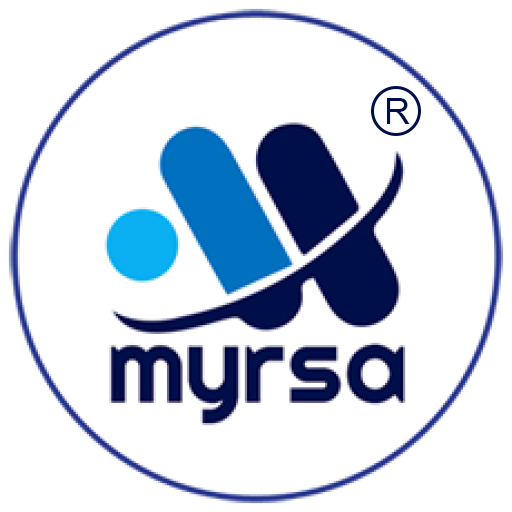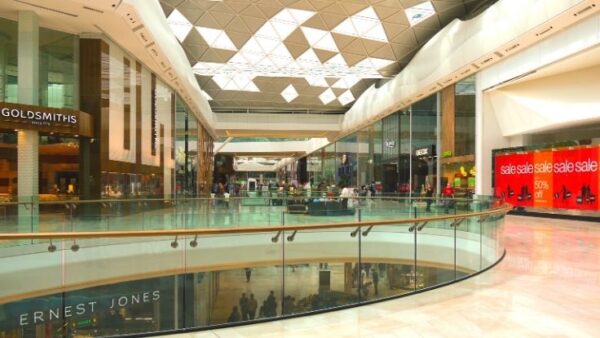With lockdown restrictions slowly lifting throughout the world , people are starting to emerge from their homes and life is taking its first tentative steps towards normalising. In this article we will be speaking through some of the steps that retailers should consider when planning to open a store in a post-Covid world.
While there’s a lot of debate about what the ‘new normal’ will look like for retail post-covid, what’s clear is that retailers looking to open their doors in the short term will have to take steps to ensure their staff and customers are safe.
Government legislation varies from state to state but no matter what the law requires a store to do, there’s a more important barometer you need to consider. Yes , of course you need to make sure that what you are doing is within the legal guidelines, but what your customers expect is the higher benchmark to consider.
When you consider that this way, it’s not a necessity to wait for governments to tell us what to do. We can anticipate what customers are going to expect and this is the benchmark that matters, not what we need to be doing as a legal minimum. Physical stores that plan to reopen must persuade their customers to be safe while shopping in their stores.
What your clients need to feel comfortable and relaxed is inevitably going to be a higher standard than any government policy. It’s not about what we need to do in order to operate as retailers but rather ‘what can we do to make people feel comfortable? ’.
In this article we highlight 11 areas that should be considered when reopening an existing store, opening a new one or embarking on a short-term retail project. There is no one-size-fits-all reopening approach, as this is far from being an exhaustive list. Consider your business goals and resources as you plan (and how reopening those will impact).
- Regular cleaning
Repeated cleaning of all areas of your store is a must. It is considered almost as important as cleaning actually is to clean it and make sure customers know that you have a strict schedule of cleaning in place.
You’ll need to focus on different areas, depending on your industry and the layout of your store. Implementing a cleaning regime targets that have frequently touched surfaces and spaces like shopping carts, pin pads and door handles. Don’t forget to cater for staff equipment; like selling machines, shared tools like pricing guns and fridges.

- New Safety Devices
Installing safety equipment may seem like a costly investment but it will serve to strengthen customer trust in your policies and approach. Customers are not allowed to enter if they do not see clear effort and expense being spent on their safety. Make sure that the safety equipment is well maintained and clear and obvious, it shouldn’t be something you ‘re embarrassed about or try to hide from.
First of all, consider installing plastic screens at checkouts and possibly placing a hand sanitizer station near the door.
- PPE
No matter where your store is located, you’ll need to consider PPE. Even if where you are in the world is not mandatory is it something that will reassure your customers? Probably the answer is Yes. Make sure that you have a reliable PPE source for all staff, and that they are fully trained in how and when to wear it. You will also need to ensure that your PPE cleanup approach is consistent.
Depending on where you are, it might be wise to make it compulsory for all customers to wear some PPE level for entry.
Related Post: Shop on wheels finally takes off in India as brands arrive at societies with retail trucks
- Social Distancing
It’s probably a social distance that will be standard practise for a while yet and possibly longer. At the very least, people’s awareness of their own personal space is heightened and will be integral to doing what you can to make people feel comfortable.
Make it store policy to keep a distance of two metres between everyone (including staff) and place markers on the floor in areas that are likely to experience a queue like checkout.
Other choices. That depends heavily on the specific configuration of your store, including the implementation of one-way and clearly signed ‘flows’ that encourage customers to walk around the store in a specific way, thus minimising the chances of meeting someone else coming the other way. If you have two doors, then another option is to have separate entrances and exits.
If your store is relatively small then creating a capacity limit may be sensible. Sign clear how many people are allowed in the store and make sure that a staff member is at the door to enforce the policy. If you expect to have large numbers of people outside the queuing make sure that you also consider their safety and place markers where they can queue outside while keeping social distance.

- Your staff
Never forget about your employees throughout the process of opening your store. Your safety should be as important to you as your customers’, if not more important. Likewise, their adherence to your new policies will be an enormous contributor to whether they are successful and whether customers feel comfortable enough to enter, buy and tell their friends. To this end, make sure that you train your employees well and they understand the role they need to play.
In terms of shifts, try and balance shifts so that not too many people are on breaks at the same time to avoid crowding in the ‘break’ areas.
- Signage
You should look at clearly signing the steps that you have taken and explaining your policies clearly. Make them reassuring and highly visible, so that customers know that their safety is being taken seriously. Clear messages reiterating social distance requirements, client volumes or some of your security processes will provide a reassuring and consistent environment. In-store announcements could even be used to remind customers of proper traffic flow and social distancing protocols.
- Returns
In a post-Covid world you need to think about how to manage your returns. At first, considering extending your standard returns policy until well after the lockdown ends may be sensible.
Is it enough to wash them when they return, and will customers purchase potentially contaminated clothes? These are things you need to consider – make sure you have your policies clearly signed to reassure customers.
Related post: Will physical retail have a role to play in a Post-COVID world?
- Opening hours
Do not automatically resume the same trading hours when reopening. You might want to extend it, or even shorten it. Keep in mind that social distancing requirements and cleaning processes will mean that opening and shutting your store take longer.
To support social distancing efforts by limiting store traffic, adjust store hours of operation where necessary. Consider offering exclusive early hours access to seniors and other high-risk individuals and maybe boosting pickup hours to serve more online customers.
- Changing rooms
Changing rooms are a staple and required part of the sales process for fashion and apparel brands but they represent some major challenges in the immediate future. Keeping changing rooms closed may be sensible, unless you can limit numbers and have a robust cleaning or decontamination process in place.
If you decide to open your changing rooms, position a nearby staff member to maintain social distance and clear items that have been handled immediately.
- Just contactless?
Dealing with money presents challenges. Just accepting card payments and maximising how much you use contactlessly would be sensible. If contactless is not possible (some countries have extended the limit for the duration of the crisis) then ensure that you disinfect the pin pad before and after each transaction – and make sure that the customer sees that you are doing so.
11. Shopping by appointment
Finally, one trend that we’re seeing more and more is a switch to appointment shopping. This is where customers book a time slot where they will be able to enter the store. They are the only person in that store during this time, and have the full (socially distant) staff attention. This is obviously not an option for all retailers but is an extremely valid option for high-end goods or brands of fashion and apparel.
Consumer confidence will return when they are confident their safety is a priority.
Book Temporary spaces on rent on Myrsa!






